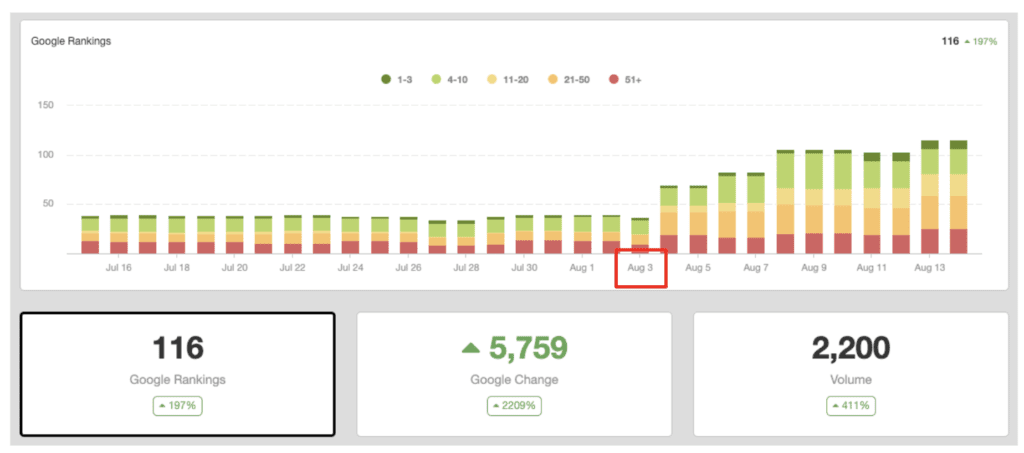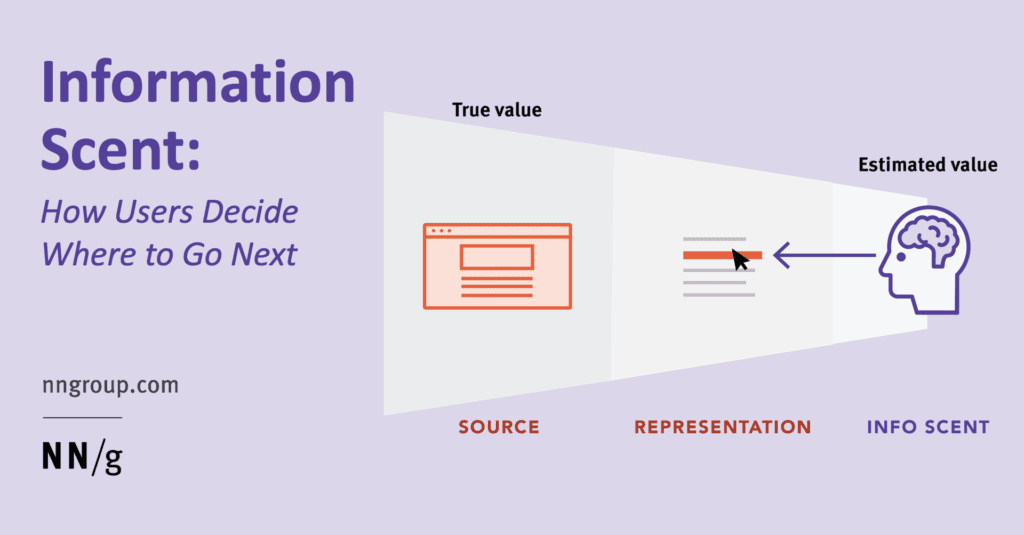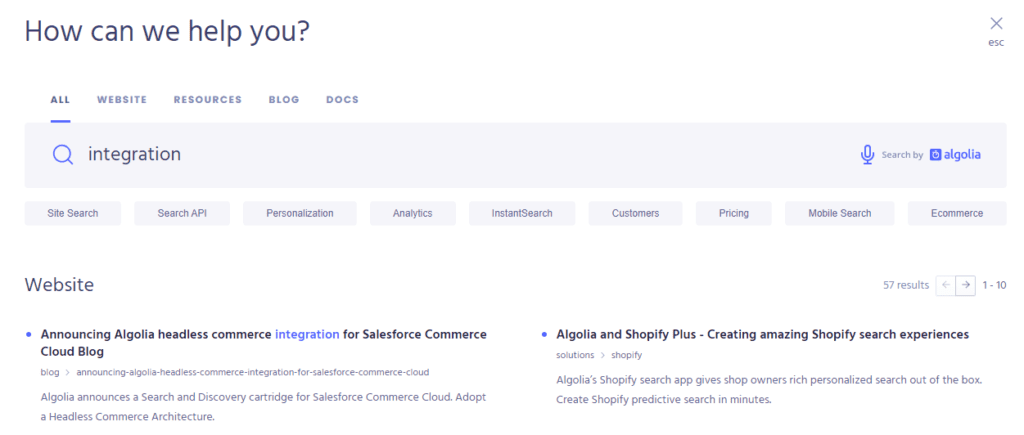B2B website design predictions for 2021

Yes, we all know 2020 was quite the year…
We finished the year by surveying members of our B2B tech marketing community FINITE, asking them how the year had gone, whether they achieved their targets and what was happening to their marketing budgets for 2021. You can see the full survey results here.
But one question we also asked was:
“Do you feel your company website has become more important as part of your marketing strategy since COVID began?”
And 70% of B2B marketers surveyed responded ‘yes’.
2020 was the year that marketing really did become digital first. B2B marketers have traditionally relied heavily on events and other field marketing to drive pipeline, and with everything physical on hold, marketers increased their investment in digital channels and their websites themselves.
With this in mind, here are some 2021 trends & predictions we’ve identified from our research, discussions with clients, and briefs we’ve been receiving recently.
Strategy first
Last year I wrote this post on the importance of the ‘strategic’ parts of a website project, and it seemed to resonate.

I set out why design and development are actually the two least important parts of a new website project, and how if you want a new website to deliver against marketing KPIs, you need to invest in the strategic thinking behind a project.
At the same time, our research referenced above highlighted 70% of B2B marketers believe their website needs to work harder for them than ever before.
With all of this in mind, I think we’ll see more marketers recognising that you can’t just dive into a website project. ‘Good design’ is no more than simply good design unless its underpinned by strong strategic foundations. Here’s the full post if you want to ready more about this approach.
A big focus on SEO
Our recent FINITE research found that after webinars, B2B SEO was the channel that marketers had said had grown in importance the most for them since Coronavirus first arrived.
I know from looking at the search data behind so many clients, lots of them are sitting on SEO goldmines, and lots don’t even know it. B2Bs have long had a traditional mindset when it comes to SEO, believing that the most valuable opportunities originate offline or through other channels. Coronavirus has forced change on this front, combined with stats like this one from Google: ‘71% of B2B researchers start their research with a generic search’. This statistic is from 2015 – so we can only guess how much higher this number is now.
At the same time, recent changes relating to Core Web Vitals has meant that website speed in relation to SEO is now far more important.
And so when it comes to websites, this means really digging deep into SEO right from the start of a web design project. Using SEO data and research to guide a sitemap and IA, but also longer term content strategy. And then baking this into the design and development of a project from the ground up, including a serious technical approach to achieving a fast website.
My prediction is that any B2B marketer writing a website brief in 2021, even in the most traditional of industries, will include a decent sized section relating to SEO, and if they don’t, they are likely missing a trick.
UX as a marketing skill
UX is an area that doesn’t get much of the spotlight when we talk about B2B marketing, but I have a strong view on it:
UX is a modern B2B marketer’s secret weapon.
Whether you want to read up on the benefits of ‘minimising cognitive load‘ or how ‘information scent‘ helps users navigate their way around a website, the field of User Experience is fascinating. To me, anyway!

So why do I think it’s so important for B2B marketers?
We’ve already acknowledged that B2B marketers are investing more in digital channels and have recognised that their websites are having to work harder for them than ever before.
But what’s the point of sending more traffic to your site if it’s going to go to waste due to poor UX? A below par website UX can not only limit conversions, but also slow down the sales cycle in today’s digital-first buyer journey.
In fact UX skills are even being recognised in the mainstream – The Telegraph recently named UX as one of the top three jobs to get into for those looking for a career change in 2021.
UX used to just be something that those in the B2C product world focused on. Banks and supermarkets and other similar organisations have for a long time had UX practitioners optimising their digital products and journeys for user centricity. Now B2B organisations are playing catch up. UX is now a fundamental marketing skill.
In B2B marketing we talk often about the importance of being customer centric, and that’s really what UX comes down to. I really do believe that marketers with some UX skills will be ahead of the rest in 2021 and beyond.
The ‘knowledge hub’
Knowledge hub, resource centre, news & blog – call it what you like, but there’s no doubt that a powerful centralised content location of some kind will be a key feature for lots of B2B organisations kicking off web design projects in 2021.
A request I’ve seen more often from clients recently is ‘we want our news and blog section to feel like a standalone magazine’. I think this is a great way of looking at this section of a website, in order to create an engaging and dynamic content hub that supports everything from thought leadership to product specs.
The UX and design challenge is: how is it possible to cater to so many different types of content?

A strong knowledge hub should allow searching, sorting and filtering by type and by category, giving all users in the B2B decision making unit an accessible, frictionless of getting to what they want as quickly as possible.
Site search
You could suggest that site search as a ‘feature’ might sit somewhat underneath the UX and knowledge hub points above, but I think it’s worth separating out as its own feature.

The argument against even needing site search is that if your information architecture, sitemap and UX is strong enough, it shouldn’t be required. Users should just be able to find what they need easily without even needing a search bar.
But my perspective is this: the B2B buyer journey is complex. Multiple decision makers need access to a wide range of formats of content at different stages in the journey. At the same time B2B businesses are producing more content than ever. And that content is in different formats – audio, video, PDFs, whitepapers, product sheets etc.
Powerful search can really make relevant content discovery seamless. But good search is hard – after all, there’s this small company you might have heard of called Google who have a few people working hard on making search great!
That’s why I think we’ll see more marketers looking to integrate their websites with advanced and more enterprise search products on their websites. Products such as Algolia, ElasticSearch or Yext which act as external search systems (instead of using the standard built in WordPress search, for example).
Integrating a more advanced search functionality like this can also allow your users to search ‘inside’ your documents too – so if you have a PDF uploaded to your site that contains a certain word or relevant term, the user will be able to discover it more easily.
If you’d like to see what I mean, head to any of the product website above and try using their search bar. You will see just how well they return results.
Multilingual & localisation
2020 was the year that physical borders between countries went up – but digital borders came down.
For lots of B2B service and technology businesses, physical location is now less relevant. Video meetings are the new normal. Businesses want to work with best in class providers, and where they are based in less important. Some businesses don’t even have an office anymore, with distributed team members all over the world.
This unlocks a huge opportunity for marketers to think about how they can enter new international markets, entirely from the safety of their computer!
For example, if you’re in the UK but interested in expanding into the US, you could create a localised copy of your website just for the US market. By indicating to Google with the correct Hreflang approach that this site is just meant for US users, you can begin to optimise the site for US traffic. And because English is the main language in both the UK and US, there could be minimal work involved and no translation needed aside from changing a few ‘s’ into ‘z’.
Whilst some full multilingual solutions require a fair amount of work to manage, there are actually some quite clever, cost effective and scalable ways of delivering multilingual or localised WordPress so you can start to benefit from better organic search visibility in different markets.

Paid strategies for enterprise B2B marketing

How can your B2B tech marketing strategy go green?
Let's Talk
Do you have a web design and build project coming up that you would like to talk about?